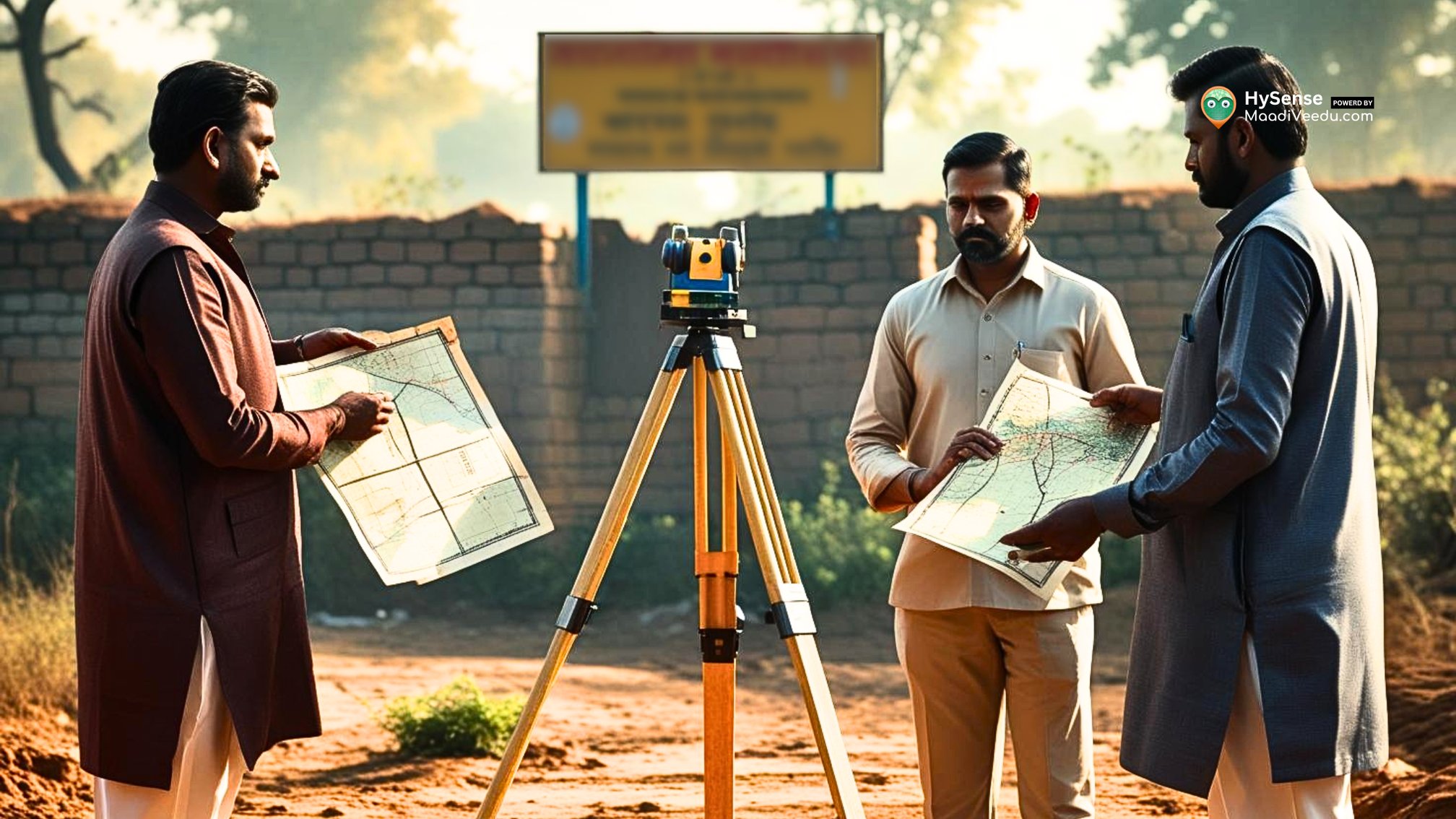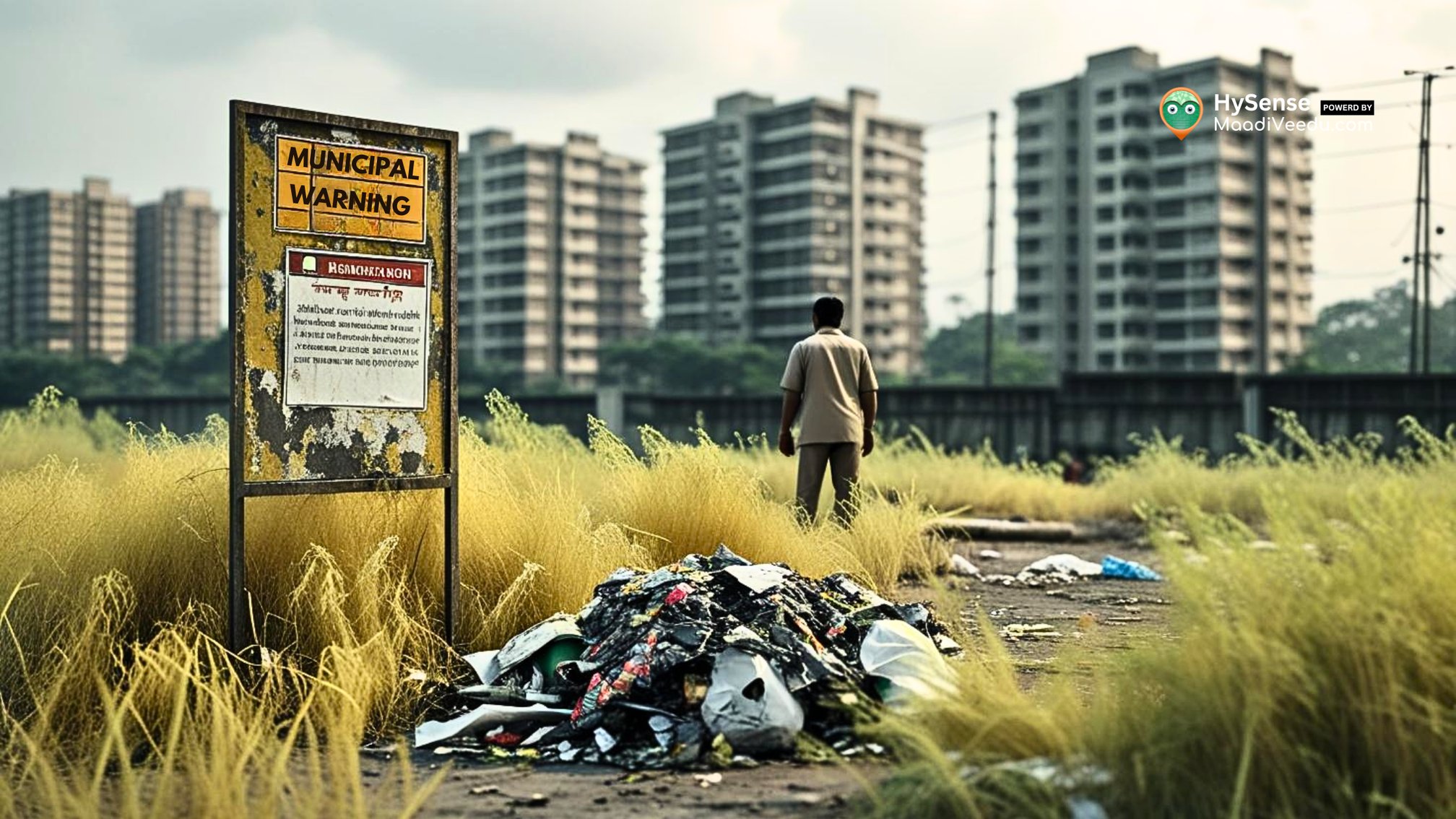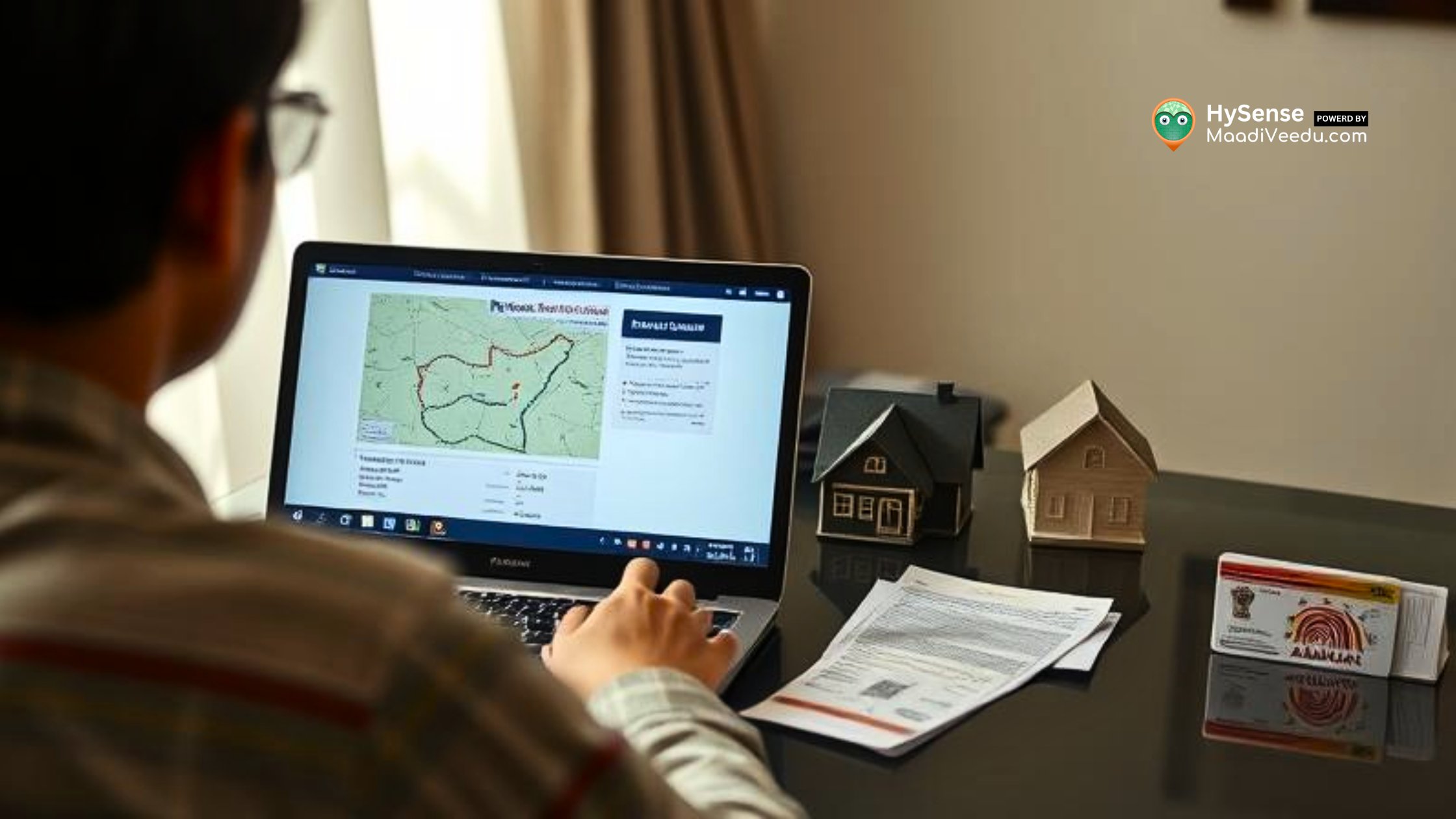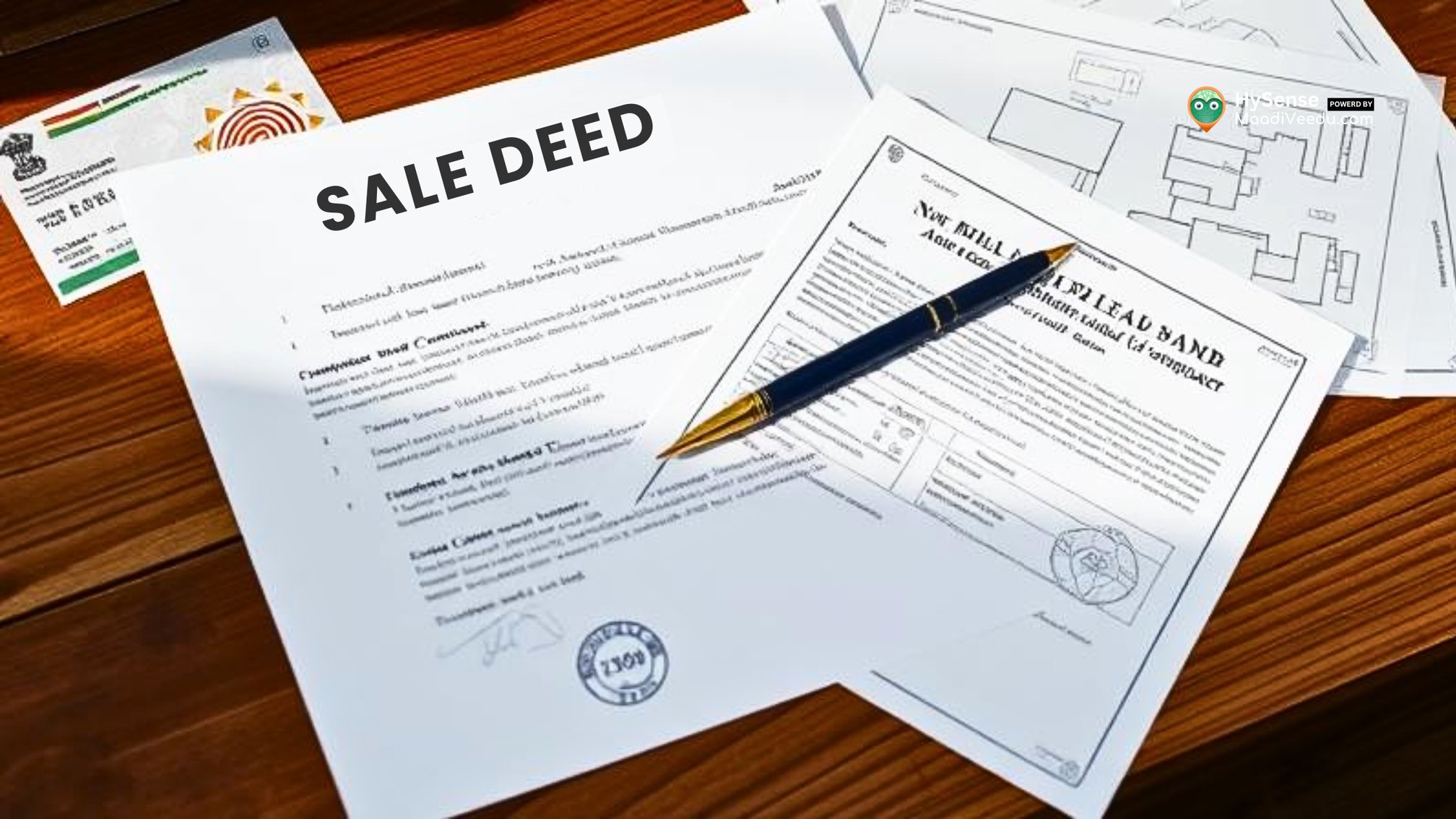How to Find Out if a Property is Prone to Flooding: 5 Essential Tips
Learn how to check if a property is prone to flooding with 5 easy tips. Explore flood maps, assess risks, review history, and safeguard your investment today!

Table of Contents
Flooding can cause severe damage to homes and personal belongings, leading to expensive repairs and disruptions to daily life. If you’re planning to buy a property or want to evaluate your current home, checking for flood risks is an essential step to protect your investment and safety. Here are five simple yet effective tips to help you determine if a property is at risk of flooding. know more
1. Use Local Government Resources to Check Flood Risk
Local governments often provide tools and maps to help homeowners understand the risk of flooding in specific areas. These resources are easy to access online and give you a clear idea of whether the property is in a flood-prone zone.
How to Use These Resources Effectively
- Check Local Flood Maps: Start by visiting your local city or county government website. Many places offer floodplain maps that clearly outline high-risk and low-risk areas. For example, in the U.S., FEMA’s Flood Map Service Center is a reliable resource.
- Understand Flood Zone Classifications: Flood zones are categorized to indicate risk levels. For instance, Zone A is considered a high-risk flood area, while Zone X is lower risk. Knowing these zones can help you decide if extra precautions, like flood insurance, are necessary.
- Locate Your Property on the Map: Match the property’s exact location with the map to see if it falls in a floodplain. If it does, consider further assessments to understand the specific risks. know more
2. Conduct a Thorough Flood Risk Assessment
Simply checking a map isn’t always enough to get the full picture. A detailed assessment of the property’s features, history, and surroundings can provide deeper insights into its flood risk.
How to Assess Flood Risk
- Look at Past Flood Events: Research historical flood data for the area. Many local archives or weather services provide this information, showing how often and how severely the area has been affected by flooding in the past.
- Measure Elevation Levels: Properties located at lower elevations are naturally more vulnerable to flooding. An elevation survey can help you understand how high the property sits relative to nearby water sources or flood-prone areas.
- Check Drainage Systems: Poor drainage can significantly increase flood risks. Look around the neighborhood for storm drains, gutters, and other infrastructure to see if they appear well-maintained and capable of handling heavy rain.
3. Understand Risks During Monsoon Seasons or Heavy Rains
In some areas, flooding is most likely to occur during specific seasons, such as monsoons. During these times, heavy rainfall can overwhelm drainage systems, causing sudden and widespread flooding.
How to Prepare for Seasonal Flood Risks
- Study Rainfall Patterns: Research the area’s rainfall data, particularly during monsoon seasons. Areas with a history of prolonged or intense rainfalls are more likely to experience flooding.
- Inspect Soil and Vegetation: Properties with poor soil absorption, such as clay-heavy soil, or limited vegetation may struggle to handle large amounts of water, increasing runoff and flood risk.
- Review Past Monsoon Events: Check whether the property or surrounding area has faced severe issues during past monsoons, as this can indicate how prepared the area is for future storms.
4. Research Property History and Previous Flood Events
A property’s history can provide valuable clues about its vulnerability to flooding. Even if it looks fine on the surface, it’s worth digging deeper into past issues.
Where to Find Property-Specific Flood Information
- Ask the Current Owner: If you’re buying, directly ask the seller about any history of flooding. They may reveal details about past incidents or repairs related to water damage.
- Contact Insurance Providers: Insurance companies often track flood claims, so they may have records indicating if the property has been affected by flooding.
- Check Local Records:Some municipalities maintain detailed records of flood events and their impact on specific areas. These records might reveal patterns of flooding or vulnerabilities that aren’t immediately obvious.
5. Use a Flood-Prone Property Checklist
Creating a checklist can help you systematically evaluate a property’s flood risk. This ensures you cover all critical factors and don’t overlook anything important.
What to Include in Your Checklist
- Proximity to Water Bodies: Determine how close the property is to rivers, lakes, or other water sources that might overflow. Even small streams can become major hazards during heavy rains.
- Building Design and Materials:Check if the house has flood-resistant features, like raised foundations or waterproof materials, which can reduce damage if flooding occurs.
- Grading and Landscaping: Pay attention to the property’s slope and landscaping. A well-graded yard directs water away from the home, while poor grading can lead to pooling and increased flood risk.
- Flood Mitigation Systems: Look for features like sump pumps, flood barriers, or drainage ditches designed to handle excess water during heavy rainfall.
Conclusion
Finding out if a property is prone to flooding doesn’t have to be complicated. By taking advantage of local resources, conducting thorough assessments, understanding seasonal risks, researching property history, and using a comprehensive checklist, you can make a well-informed decision. Whether you’re buying a new home or evaluating your current one, these steps will help you stay prepared, protect your investment, and ensure peace of mind.
Stay connected with me for more expert tips and insights to help you make informed property decisions—click here to learn more!










